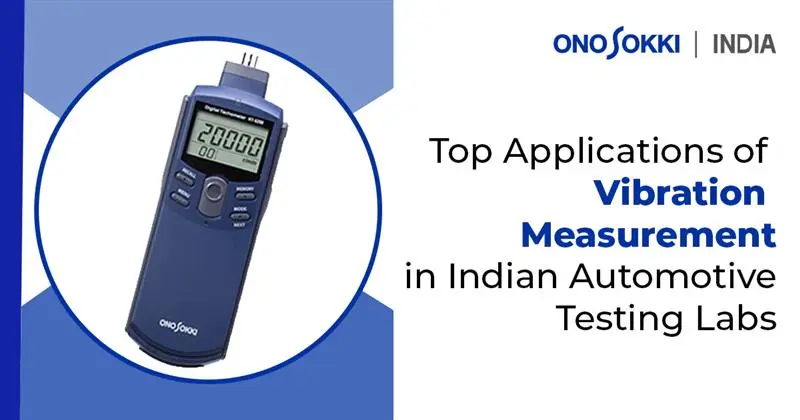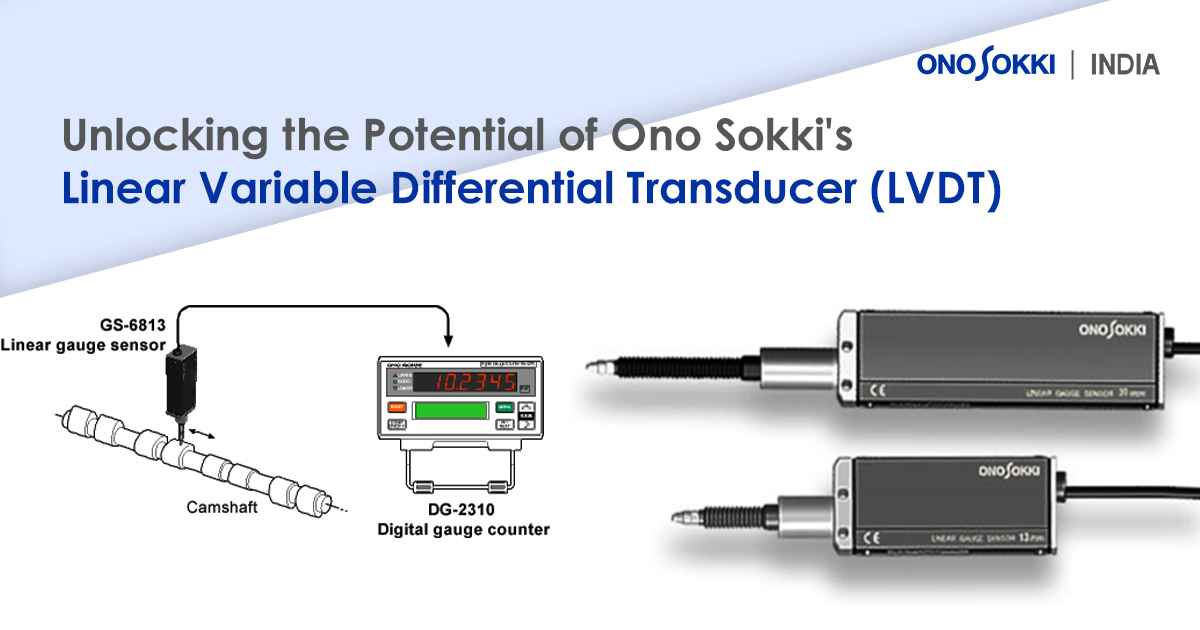



Ono Sokki’s Linear Variable Differential Transducer (LVDT) is a versatile sensor used for measuring linear displacement or position. Familiarize yourself with the working principles of LVDT. It consists of a primary coil and two secondary coils. As the core inside the coil moves, the voltage induced in the secondary coils changes proportionally, providing precise position measurements. Proper installation and calibration are crucial for accurate measurements. Follow the manufacturer’s guidelines to mount the object securely and align it correctly with the measured object. Ensure that the LVDT is calibrated and zeroed appropriately before use. outputs an AC voltage that needs to be conditioned for further processing. Use a suitable signal conditioning circuit provided by Ono Sokki to amplify and filter the signal, eliminating noise and interference. Process and analyze the data to extract meaningful insights. Depending on your application, you may need to apply filtering techniques, signal averaging, or advanced algorithms to enhance the accuracy and quality of the measurements. Python libraries like NumPy and SciPy can be helpful for signal processing tasks. Process and analyze the data to extract meaningful insights. Depending on your application, you may need to apply filtering techniques, signal averaging, or advanced algorithms to enhance the accuracy and quality of the measurements.
This is designed with high linearity, ensuring that the relationship between the measured linear displacement and the output voltage is consistent. Linear Gauge Sensor helps minimize measurement errors and deviations, enabling accurate and precise readings.
LVDTs are inherently linear due to their design and operating principles. The linear characteristic of an LVDT refers to its ability to provide a linear relationship between the physical displacement of its core and the output voltage it produces. They are constructed with a symmetrical arrangement of coils and a movable ferromagnetic core. This geometric symmetry ensures that the magnetic field generated by the primary coil is evenly distributed around the core. As a result, the induced voltages in the secondary coils are proportional to the core’s position along the axis of motion. It uses a differential output configuration where two secondary coils are wound in opposite directions around the central primary coil. The voltages induced in the secondary coils are out of phase with each other. By taking the difference between these two outputs, a net voltage is obtained that is directly proportional to the core’s displacement, resulting in a linear relationship.
Ono Sokki’s LVDT offers great potential for unlocking accurate and precise linear measurement capabilities. By understanding the principles of operation, properly installing and calibrating the sensor, implementing effective signal conditioning, and utilizing advanced techniques such as temperature compensation and linearity correction, users can optimize measurement accuracy and precision. It provides dedicated signal conditioning circuits, calibration standards, and expert support to ensure the optimal performance of their LVDTs. Additionally, maintaining mechanical stability, choosing appropriate data acquisition systems, and following quality assurance and maintenance practices contribute to unlocking the full potential. By leveraging the potential, users can obtain reliable and high-quality linear displacement measurements in various applications. Whether it’s in manufacturing, automotive, aerospace, or research, the accuracy and precision offered empower users to make informed decisions, monitor critical processes, and achieve desired outcomes. Unlocking the potential involves continuous learning, staying updated with advancements in the field, and seeking support when needed. With proper implementation and utilization, LVDTs can be valuable tools for precise linear measurement and contribute to the success of diverse industries and applications.